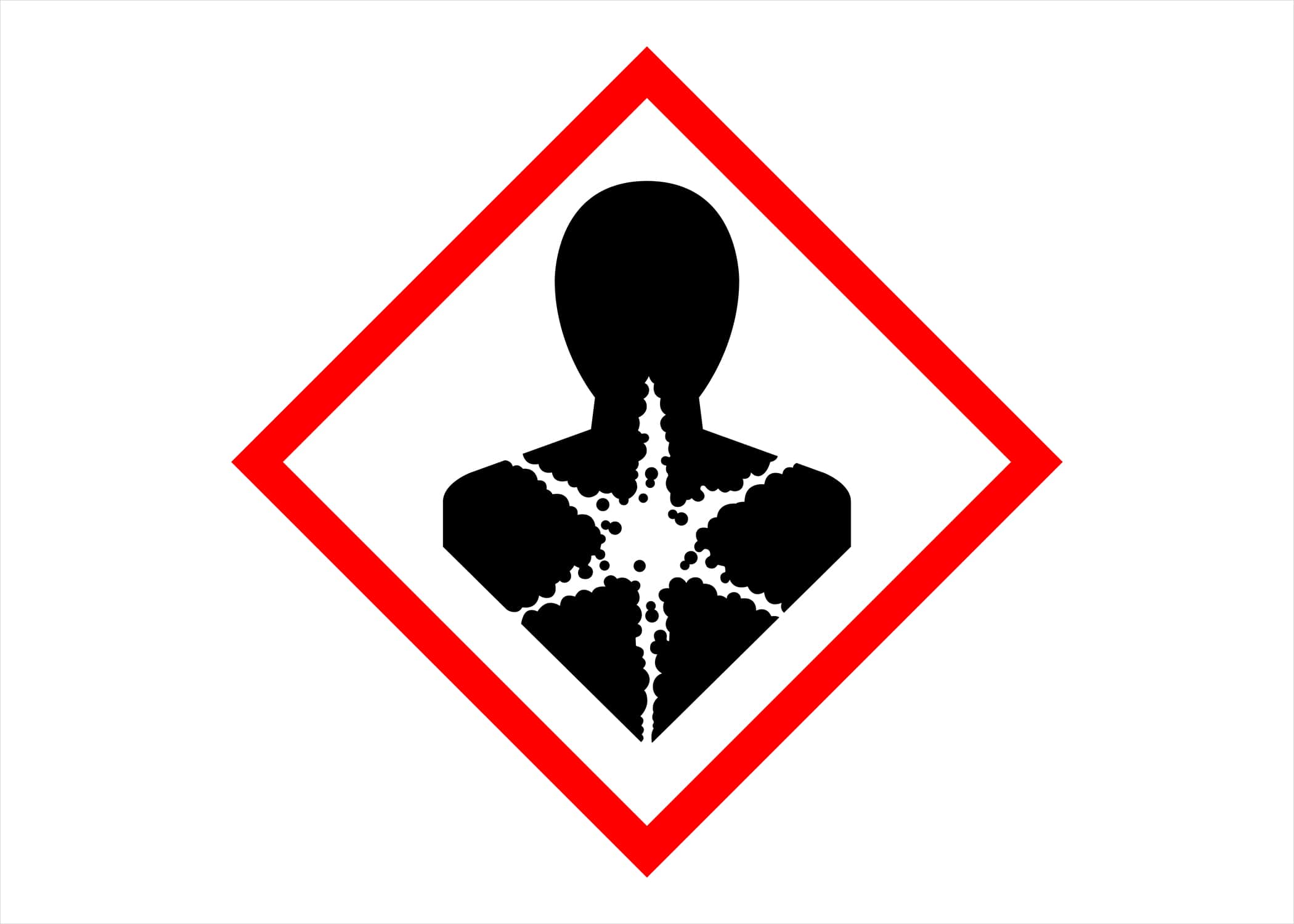First Deadline Approaches for GHS Hazard Communications

As he described at that time, the new requirements incorporate the Globally Harmonized Standards (GHS) into the hazard communication requirements for the United States, moving us into alignment with the worldwide standards, and providing increased consistency across most worldwide locations for communicating the hazards of the materials used in the workplace.
Some countries, like Canada, have not yet adopted the GHS structure in their Workplace Hazardous Materials Information System (WHMIS), and have announced that an alignment with GHS that is several years away. Canada, like many other countries, is expected to have country-specific requirements that will mandate slight variations on the GHS themes. The US, while recognizing and adopting the GHS framework, has several agencies involved in hazard communications, each with their own rules including the Environmental Protection Agency and the Department of Transportation. This means that the Occupational Safety and Health Administration does not have the authority to require information on environmental or transportation regulatory information on the safety data sheet (SDS).
The first requirement in the U.S. is that workers need to be trained on the new GHS labels by December 1, 2013. As that deadline approaches, many vendors and other training organizations have reworked their offerings to provide the tools for that training. Among the key differences in the GHS system:
- Codified signal words that indicate the overall hazard of the material to the employee
- Codified hazard phrases that are based on quantifiable criteria
- Codified precautionary phrases to identify the precautions the employee must take to protect themselves
- New pictograms indicating the nature of the hazard presented by the material
The "heart-light" pictogram can indicate carcinogenicity or target organ effects, two very different levels of concern. The "skull and crossbones" is used only for acute hazards. It could be argued that the "heart-light" pictogram may be of more concern than the more recognizable "skull and crossbones".
Once training is completed, some sort of reinforcement will also be required, since manufacturers and distributors of chemicals will not have to offer revised SDS documents until June of 2015. (OSHA has provided a good summary of the requirements for training on the website.)
Training methods
Many methods and tools are available for training. Online training with built-in quizzes to demonstrate subject matter mastery can serve the dual purpose of providing the training in a palatable and often lighthearted way, which will encourage student learning, and providing documentation that the student has mastered the changes. Classroom training can deliver the same results, especially if a quiz is administered after the presentation.
However training is delivered, thorough documentation will be a requirement to demonstrate to OSHA that each affected worker has received the required training by the deadline. Hazard communication has always been one of the top regulations cited by OSHA inspectors, and with the new requirements, OSHA will no doubt be elevating it to number one.
In many ways, this standardization of the labeling and SDS requirements will be a great benefit to workers. A meaningful distinction will be available in the system to distinguish high hazards from less hazardous materials. A consistent classification schema will mean the same precautions are used throughout the world when describing the same hazard, benefitting organizations with global operations. The OSHA rule requires that materials or mixtures of hazardous materials without current standards are included in hazard statements, and that a meaningful SDS accompanies them.
Join us at the upcoming 2013 EHS Compliance Excellence Conference in Minneapolis to learn more!
Topics:
Compliance Excellence Global EHS
About the Author

Tom Hawkinson
Toro Co.
Tom Hawkinson is the global EHS leader for the Toro Company, an international manufacturer of turf care and agricultural irrigation products. He has broad experience in EHS, having worked in the medical device, consumer foods, semiconductor and equipment manufacturing sectors.

